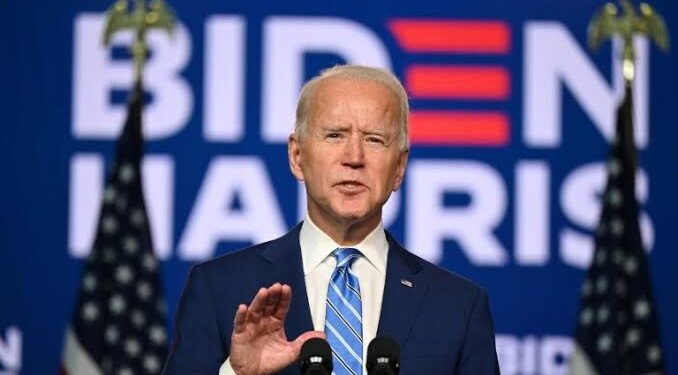On Sunday, US President Joe Biden held a meeting with his national security advisors to address the upheaval in Syria. Islamist-led rebels have reportedly taken Damascus, overthrowing President Bashar al-Assad in a dramatic end to more than five decades of Assad family rule.
Strangely, the United States has kept a surprisingly muted tone on the matter. While other global leaders scramble to offer statements of peace and political solutions, the Biden administration seems stuck in deliberation. National Security Council spokesman Sean Savett confirmed on X (formerly Twitter), “The President will meet with his national security team this morning to receive an update on the situation in Syria.”

The alleged fall of Assad comes after a swift and bold offensive by the Islamist Hayat Tahrir al-Sham (HTS) group, which has shattered long-frozen battle lines in Syria’s brutal civil war. Less than two weeks into this offensive, reports say Assad has fled Damascus, leaving behind a power vacuum and a ransacked mansion. The image of rebellion has sparked celebrations across the country, but what next?
The US military still has around 900 troops in Syria and 2,500 in Iraq, part of an international coalition formed in 2014 to combat ISIS. These forces routinely target Iranian-backed militias in Syria, a reminder of Tehran’s significant investment in propping up Assad’s regime. But with Assad’s reported ousting, where does that leave US interests?
















